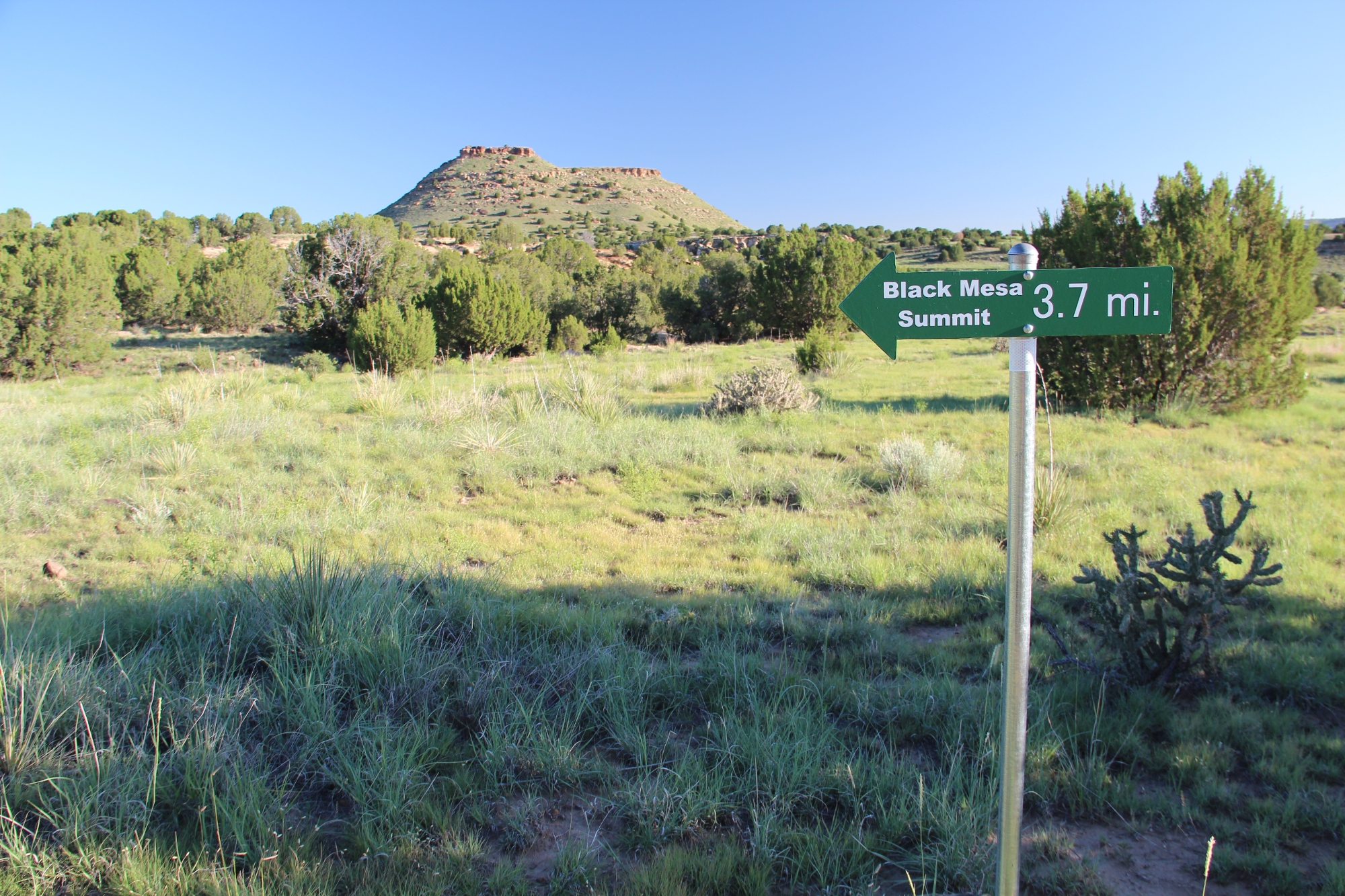
Our aim is to encourage citizen-based conservation of Oklahoma’s natural diversity through a voluntary land-preservation program that promotes awareness of rare species, natural communities, and important geologic features.
From Texas horned lizards, burrowing owls, and gray bats to orchids, red buckeyes, Tallgrass prairies and granite outcrops, Oklahoma landowners are working to protect these and other natural elements of our state.
Since 1984 the Oklahoma Natural Areas Registry has worked with over 100 landowners to assist them with the protection of over 80,000 acres in our state. Currently the largest Natural Area is over 9,000 acres and the smallest site is an important 2 acres. Outstanding examples of Oklahoma’s natural diversity can be found on lands owned by private citizens, corporations, agencies, and organizations.
Field Days are an opportunity for the public to visit Natural Areas that are a part of our program. At these educational events, visitors can learn about managing land for native biodiversity and see real life habitat restoration projects. Some field days are also volunteer opportunities to help improve a Natural Area. This fall, we are visiting Oxley Nature Center in Tulsa.
The Oklahoma Restoration Seed Library is a permanent collection of native plant seeds representing genetic diversity of ecologically important species. We host a seed collecting workshops and seed collecting days in the fall. As the collection grows, we will be able to provide seeds for future restoration projects.
Mesas, mountain ranges, tallgrass prairies, limestone caves, cypress swamps – Oklahoma’s landscape is a showcase of extraordinary diversity. However, changes in land use have left only a small fraction of wild places in their original condition; some native plants and animals are now threatened with extinction.
Fortunately, outstanding examples of Oklahoma’s natural diversity still remain, many on lands owned by private citizens. The Oklahoma Natural Areas Registry encourages citizen-based conservation of these special areas by promoting awareness of rare species, natural communities, and important geological features. The Natural Areas Program recognizes those landowners who are committed to protecting Oklahoma’s natural heritage.
Potential registered Natural Areas may be recommended by any interested individual or organization. Recommended sites are evaluated by biologists and ecologists with the Oklahoma Biological Survey, who maintain a database of Oklahoma’s significant biological features.
To qualify for the Register of Natural Areas a property must contain at least one of the following natural values:
A Natural Areas Registry representative contacts landowners to discuss the special plants, animals, natural communities, or unique geological features that occur on their property. By informing owners of the importance of these sites, the program reduces the chance that significant natural areas might unintentionally be destroyed or degraded. Each landowner may then elect to have their special place listed on the State Register of Natural Heritage Areas.
Registration does not occur without the landowner’s consent and it is publicized only with the landowner’s permission. Directions to the site are never published and registration provides no rights of public access or use.
Oklahoma Registrants sign a non-binding agreement that reflects their long-term commitment to:
The generosity and civic-mindedness of Registrants is acknowledged through a personalized plaque awarded by the Oklahoma Natural Heritage Inventory and the State of Oklahoma. Registrants also receive, free of charge:
Registration involves no payment or receipt of funds. A program representative can, however, provide information on a variety of land protection methods that can offer financial benefits to the landowner.

Preserves in The Nature Conservancy of Oklahoma are part of the Oklahoma Natural Areas Registry. Several are open to the public or allow visitors during scheduled field days or events.
This protected tract of old growth cross timbers is located near Sand Springs. The site is staffed by volunteers at the visitor center, who also lead walks.
In far western Oklahoma with shinnery oak and sagebrush habitat, the property is the homestead of artist Augusta Metcalfe. A museum on the grounds displays her art and artifacts of her and her family's life.
In southwestern Oklahoma, Quartz Mountain is the western edge of the granite outcrop of the Wichita Mountains. Quartz Mountain is home to rare plant species, such as live oak and long-haired phlox. The area is also habitat to mountain lions, golden eagles, and bald eagles.
The Oxley Nature Center is situated within Mohawk Park in Tulsa, Oklahoma. The Center contains 804 acres of diverse habitats that host over 200 bird species, 50 butterfly species, and more. The flood-plain forests, open prairies, and wetlands allow wildlife and plant diversity to thrive.
